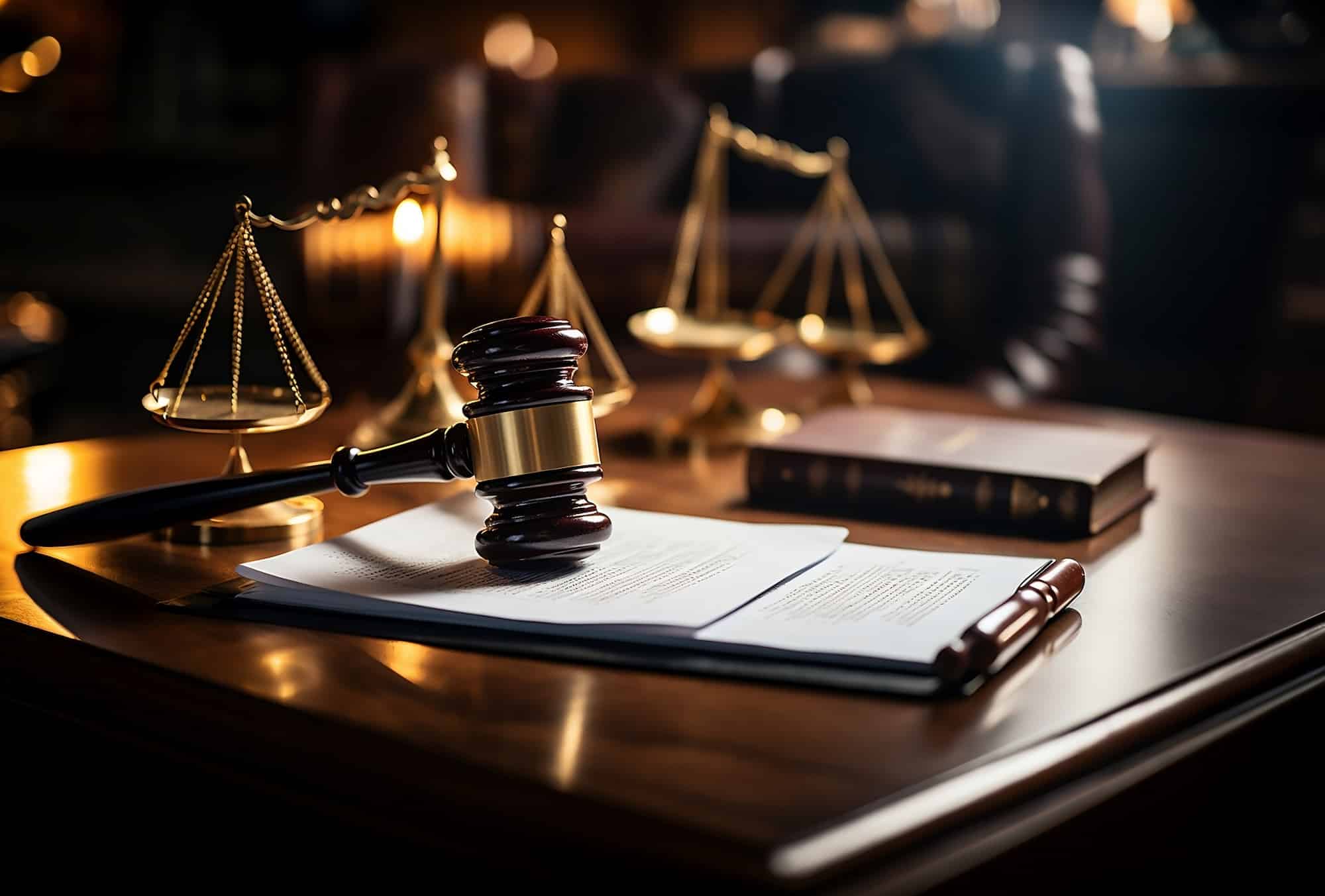Top Strategies for Creating Impactful Trial Presentations in Court Settings
Top Strategies for Creating Impactful Trial Presentations in Court Settings
Blog Article
Navigating the Intricacies of Trial Presentations: Tips for Seamless Shipment and Engaging Disagreements
In the realm of legal process, the art of test discussion stands as an important factor of success. The intricacies intrinsic in test presentations call for a fragile balance of strategy, finesse, and skill.

Recognizing Test Goals
To properly navigate a trial, it is crucial to have a clear understanding of the purposes that require to be accomplished. Before entering the court room, legal groups have to specify their goals and desired end results. These objectives act as assisting concepts throughout the test, shaping techniques and affecting decision-making processes.
Understanding test purposes entails a comprehensive evaluation of the situation, legal precedents, and the client's benefits. Trial Presentations. It requires a careful assessment of the facts, determining key problems, and preparing for prospective challenges. By setting specific and measurable goals, attorneys can tailor their arguments and presentations to line up with the desired results
Furthermore, a clear grasp of trial purposes makes it possible for legal groups to prioritize proof, witnesses, and lawful disagreements efficiently. It enables for the growth of a meaningful narrative that reverberates with the discretionary, strengthening the overall instance discussion.

Organizing Evidence Successfully
Having a clear understanding of test purposes lays the structure for arranging evidence efficiently in legal procedures. By straightening the presentation of evidence with the wanted results of the test, lawful teams can reinforce their debates and improve their persuasiveness.
Another crucial element in organizing evidence effectively is establishing a sensible flow. Providing proof in a sequential and meaningful way can help construct an engaging story that supports the legal debates being made. In addition, using visual aids such as charts, charts, or timelines can even more improve the organization of evidence and aid in clearing up intricate connections or series of occasions.
Furthermore, ensuring that all proof offered is permissible and appropriate to the instance is vital. Unnecessary or inadmissible evidence can interfere with the strength of the argument and possibly damage the credibility of the presenting party. Therefore, a careful evaluation and selection process should be embarked on to include only one of the most impactful and lawfully audio evidence in the trial discussion.
Crafting Convincing Narratives
Crafting compelling stories plays an essential function in providing influential disagreements during lawful procedures. When building a narrative for a trial presentation, it is crucial to establish a clear storyline that highlights key points and connects them in a systematic manner. By weaving with each other proof, testimony, and legal debates into a natural and persuasive story, lawful professionals can effectively promote for their clients and boost the possibility of a desirable end result in the court room.
Grasping Visual Help
Effective use aesthetic aids is key to boosting the effect and clearness of test discussions. Visual aids, when utilized purposefully, have the power to simplify complicated information, strengthen bottom lines, and leave a lasting impact on the judge and jury. To understand aesthetic aids in trial discussions, it is important to Home Page guarantee that they are clear, succinct, and appropriate to the debates being made.
When including aesthetic aids, such as charts, photographs, graphs, or timelines, right into a test discussion, it is necessary to maintain them aesthetically appealing yet expert. The visuals must enhance the spoken debates, offering a graph of the details being reviewed without overwhelming the target market with unneeded information.
Additionally, exercising with this contact form the visual aids ahead of time is crucial to make certain a smooth distribution throughout the trial. Acquainting oneself with the content, transitions, and timings of each aesthetic aid can aid keep the circulation of the presentation and stop technological problems that might emerge.
Providing Impactful Closing Arguments
An engaging closing debate offers as the conclusion of a test presentation, enveloping the core narrative and persuading the judge and jury towards a visit this website beneficial decision. Begin by outlining the primary arguments that sustain your client's position, stressing why the evidence offered throughout the test sustains your story.
Furthermore, incorporating emotional appeal can better reinforce your closing disagreement. Inevitably, a well-crafted closing disagreement must leave an enduring impact, engaging the court and court to rule in your customer's support.
Conclusion
In conclusion, grasping test presentations involves comprehending goals, arranging proof, crafting stories, making use of aesthetic aids, and supplying impactful closing debates. By applying these methods effectively, attorneys can present their case seamlessly and make compelling debates in the court. It is crucial to browse the intricacies of trial presentations with precision and skill to achieve success in legal process.
By aligning the presentation of proof with the preferred results of the trial, lawful teams can strengthen their debates and boost their persuasiveness (Trial Presentations). To understand visual help in test discussions, it is important to make sure that they are clear, succinct, and appropriate to the debates being made
A compelling closing debate offers as the culmination of a test presentation, enveloping the core story and persuading the court and jury towards a positive decision. Begin by laying out the main disagreements that sustain your client's position, emphasizing why the proof provided throughout the test sustains your story.In final thought, grasping trial presentations includes recognizing objectives, organizing evidence, crafting narratives, utilizing aesthetic aids, and providing impactful closing disagreements.
Report this page